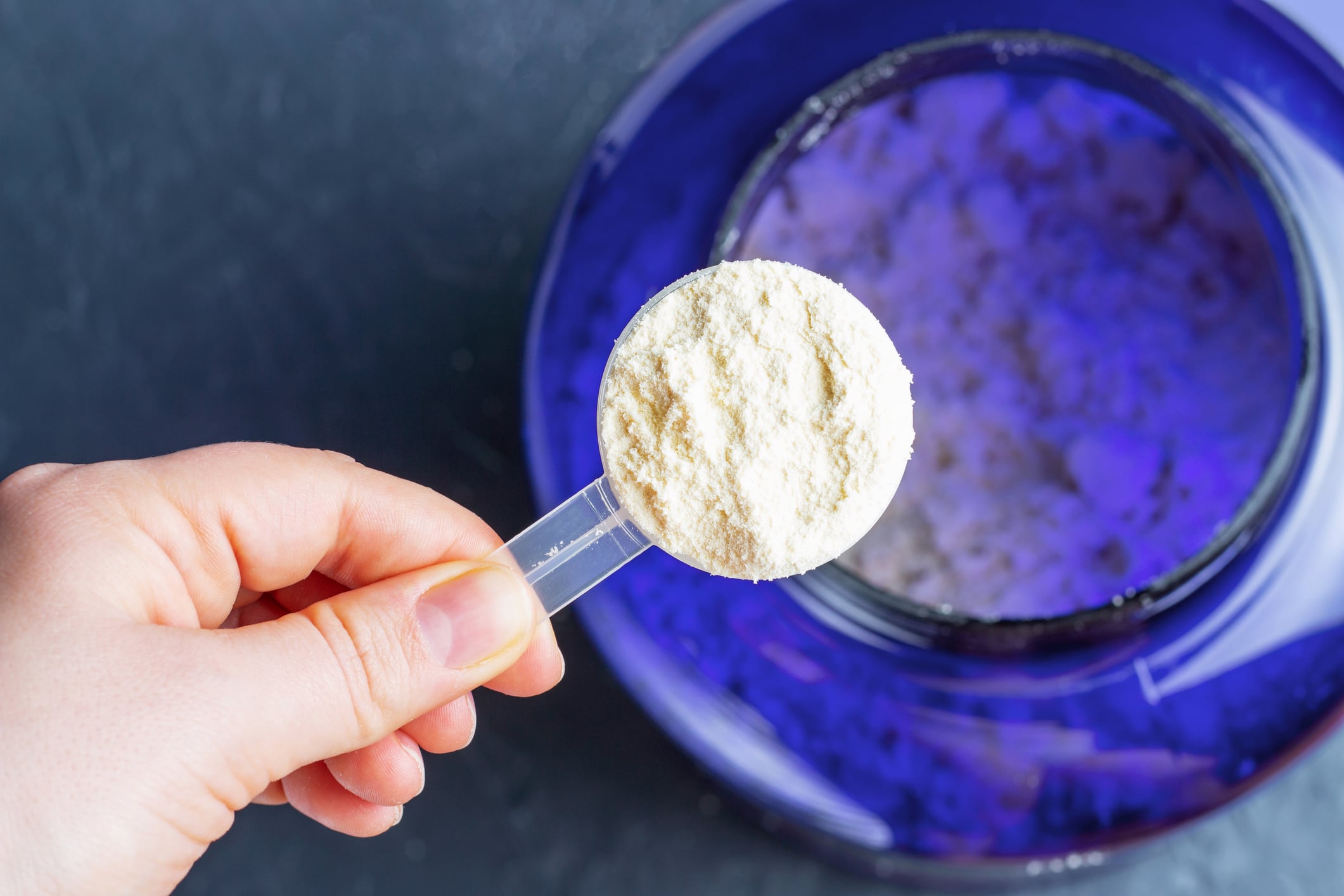Three newly filed class action lawsuits against supplement brands Pescience, Huel and OWYN reflect an ongoing trend of litigation over protein content claims and labeling compliance. At issue in each case are alleged violations of FDA rules regarding how protein content and daily values must be calculated and displayed on product labels.
Case summaries: Pescience, OWYN and Huel
Melara v. Pescience
Filed in early 2025, this lawsuit alleges that Pescience misled consumers by overstating protein content and using marketing language that implied high protein quality without substantiating those claims. Phrases such as “taste the quality” and “select the best” were interpreted by the plaintiff as implied nutrient content claims, compounding alleged misstatements about the product’s protein percent Daily Value.
Sarayli v. Huel
The complaint against Huel, filed in March 2025, argues that the company’s Black Edition Vegan Protein Powder features protein content claims that do not adhere to FDA-mandated labeling practices. The lawsuit alleges that Huel failed to calculate and display the protein Daily Value using the Protein Digestibility-Corrected Amino Acid Score (PDCAAS) method, despite making front-of-package protein claims, thereby misleading consumers.
O’Neal v. OWYN
In this case, filed in September 2024, the plaintiff accuses OWYN of deceptive marketing by allegedly overstating the protein quality of its plant-based shakes. The complaint highlights a discrepancy between the protein claims stated on the label and the method used to calculate the protein content, alleging that the company employed the nitrogen method without providing the corresponding PDCAAS-based Daily Value.
Focus on PDCAAS, not just protein amount
A central legal issue in these lawsuits is whether companies are accurately applying FDA labeling requirements concerning the method of protein calculation. While FDA regulations allow protein content to be determined using the nitrogen method, claims such as “20 g of protein” on the label trigger additional obligations.
“FDA rules require that the panel also include a Daily Value for protein, calculated using the Protein Digestibility Corrected Amino Acid Score (PDCAAS),” Katie Bond, partner at Keller and Heckman LLP, told NutraIngredients. “PDCAAS, unlike the nitrogen method, is intended to assess not simply protein amount, but also digestibility.”
She noted that plaintiffs often allege that companies “used a protein content claim and a protein Daily Value based on the nitrogen method, rather than PDCAAS.” In some cases, plaintiffs have pushed even further, asserting that any protein content claim must itself be based on PDCAAS, even though that interpretation goes beyond what FDA rules require.
Marketing language adds to risk
Beyond numerical accuracy, certain marketing phrases have been cited as problematic in recent complaints. In Melara v. Pescience, for example, statements like “taste the quality” and “select the best” were interpreted by plaintiffs as assertions about protein quality, although these claims may lack substantiation and compound potential violations.
According to Asa Waldstein, principal at Supplement Advisory Group, “The Pescience case also highlights how additional marketing statements can elevate overall litigation risk.” He noted that these types of general quality claims, when combined with questionable protein percent daily values, “increased the likelihood of litigation.”
Regulatory action low, legal risk high
Although FDA and FTC enforcement in this area remains infrequent, the threat of private litigation looms large.
“The FDA and FTC rarely issue warning letters or other administrative action against companies for not following federal regulations for protein amounts and percent daily values,” Waldstein said. “However, this is ripe territory for plaintiff attorneys who commonly send demand letters and lawsuits alleging misleading advertising.”
Bond echoed this, stating: “Plaintiff filings, as well as plaintiff demand letters, on protein declarations and claims have been around for quite a few years now, [but] there does seem to have been an uptick recently.”
California laws enable state-level class actions
The legal landscape is further complicated by state-level laws that mirror federal standards. A 2023 ruling by the Ninth Circuit Court determined that California’s food and drug laws, which align with federal regulations, can support private lawsuits, even though the federal law itself does not provide a private right of action.
“California indeed has the exact same requirements for protein declarations and claims as the federal law,” Bond said. “At least as long as that Ninth Circuit decision stands, those mirror-image state laws are fair game for class actions.”
Industry experts recommend PDCAAS accuracy and label review
To reduce exposure to these types of lawsuits, Waldstein advised that brands take extra care in calculating protein values using the correct PDCAAS methodology and working with qualified experts or labs.
“Ensuring protein daily value percentages listed on labels are calculated using PDCAAS is important to help mitigate lawsuit risk and keep consumers informed on protein quality,” he said. However, he also cautioned that overuse of seals and certifications could lead to “certification fatigue,” potentially reducing their effectiveness.
NutraIngredients-USA reached out to Pescience, Huel and OWYN for comment, but did not receive responses prior to publication.





